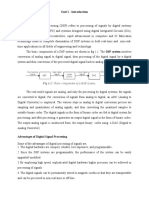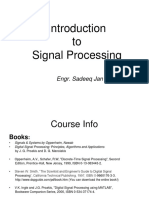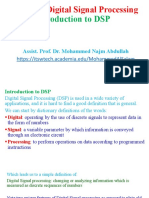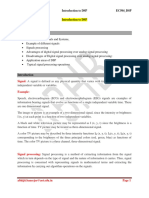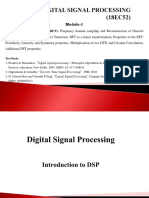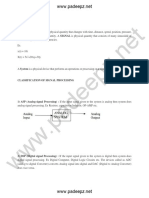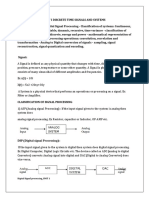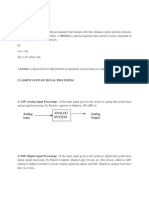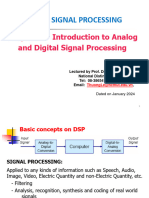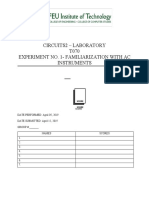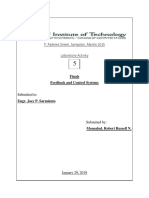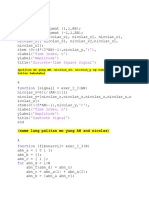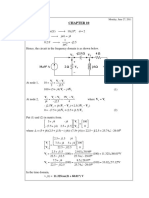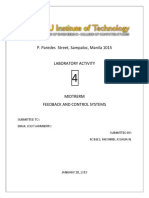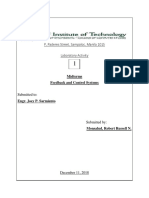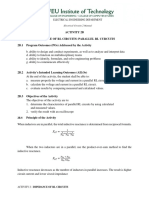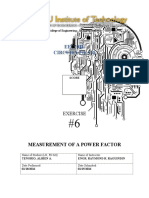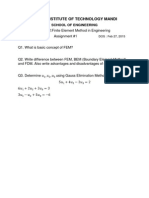0% found this document useful (0 votes)
133 views3 pagesDSP Reviewer: Why Digital Image Processing?
This document provides an overview of digital signal processing (DSP). It discusses the differences between analog and digital images/signals and the key stages of digital image processing. Some major application areas of DSP are listed, including image and audio processing. Benefits of DSP include guaranteed accuracy, reproducibility, and improved performance with technology, while constraints include speed, cost and finite word length problems. Examples of medical imaging techniques that use DSP are also outlined, along with definitions and properties of different types of signals.
Uploaded by
NicoCopyright
© © All Rights Reserved
We take content rights seriously. If you suspect this is your content, claim it here.
Available Formats
Download as DOCX, PDF, TXT or read online on Scribd
0% found this document useful (0 votes)
133 views3 pagesDSP Reviewer: Why Digital Image Processing?
This document provides an overview of digital signal processing (DSP). It discusses the differences between analog and digital images/signals and the key stages of digital image processing. Some major application areas of DSP are listed, including image and audio processing. Benefits of DSP include guaranteed accuracy, reproducibility, and improved performance with technology, while constraints include speed, cost and finite word length problems. Examples of medical imaging techniques that use DSP are also outlined, along with definitions and properties of different types of signals.
Uploaded by
NicoCopyright
© © All Rights Reserved
We take content rights seriously. If you suspect this is your content, claim it here.
Available Formats
Download as DOCX, PDF, TXT or read online on Scribd
/ 3


